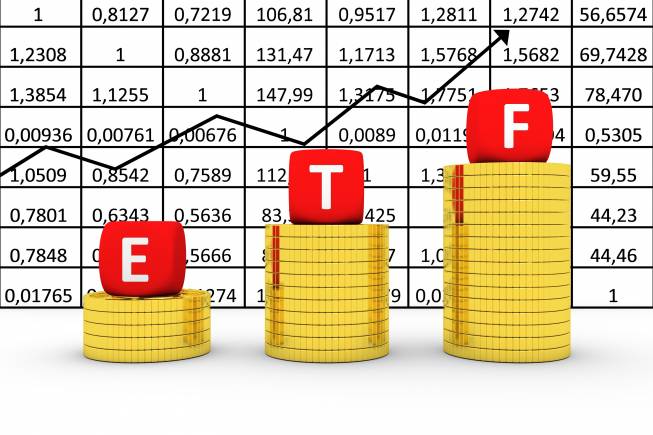ETFs and index funds have immense inherent value as the cheaper alternative investment products
There is a colourful American phrase, “getting more bang for your buck,” which basically means getting more value for the money spent. It sums up very neatly, the long-standing debate around active and passive funds; to wit: do low-cost passive funds such as exchange traded funds (ETFs) and index funds offer investors more bang for each buck than actively managed ones?
Not surprisingly, this has been a particularly intense debate in India over the past few years. As a developing economy and a not-yet-efficient market, many believed that active management strategies still have scope to deliver alpha today, even if over a longer term of investment. While that may be true for mid and small-cap actively managed funds, the case is very weak for large-cap equity funds.
SEBI’s recent regulation on using the Total Returns Index (TRI) as the benchmark instead of price-only indices, has dampened the outperformance of active funds. The re-categorisation of mutual fund schemes has also reduced the scope where fund managers could generate alpha by taking more risk through exposure to different market capitalisations. For example, before re-categorisation, large-cap funds could have 40 per cent exposure to mid and small-cap companies, whereas now, a large-cap scheme must have a minimum 80 per cent investment in large-cap equity and equity related instruments of the total assets.
In addition, at one point in the past year, we saw TERs of direct plans of actively managed funds go up, drawing further focus on the cost differential with passive funds. All of these factors have created an almost perfect storm of acceptance for large-cap index funds and ETFs.
ETFs and index funds are, by definition, inexpensive products that track an underlying asset benchmark closely and do not incur costly fund management expenses.
Table 1 shows us the average and median TER for large cap equity funds, index funds and ETFs over the last 12 months, for direct as well as regular plans. There is close to 100 basis points of difference in costs between the direct actively managed fund category and passive funds.
Of course, the total cost of ownership of ETFs also include custodian costs for the demat account, and brokerage costs for transactions on the exchange. Even including these, however, industry estimates place ETFs in the same cost bracket as index funds.
The significantly lower costs of the passive funds are a sign of efficiency in this space. While retail investors are buying in slowly, the government’s decision to channel EPFO funds into ETFs has seen the assets in these funds surge. This efficiency bodes well for retail investors, as it means that they get to maximise their investments in the market within their savings capacity.
The Performance Score
Of course, costs should not be the only or even the first consideration when selecting an investment. But failing to consider the performance of your funds net of their cost is a mistake. Based on the SPIVA India Scorecard in Table 2 below, over the one-year period, the S&P BSE 100 ended in the black, returning 2.62 per cent, with 91.94 per cent of funds underperforming the benchmark. In fact, across all the periods studied, the majority of actively managed large-cap equity funds in India underperformed the S&P BSE 100.
A lot of the recent attention towards ETFs and index funds has been based on this assessment – does the performance of large-cap equity funds justify their cost? And are we at the start of an efficiency trend where passive funds will continue to approximate returns of large-cap funds at a fraction of the cost? Based on the performance alone, it is easy to see that most of the large cap funds struggled to match or outperform the index even before SEBI’s re-categorisation of funds.
What does this mean for the investor? ETFs and index funds have immense inherent value as the cheaper alternative investment products and definitely offer the cheapest ride in the market. Trends in more developed markets have already proven that as stock markets mature, fund managers will find it difficult to beat the benchmark. We are already witnessing it in India in the large-cap space. With the recent categorisation changes, the performance disparity between actively managed large cap funds and passive large cap funds will only widen going forward.


